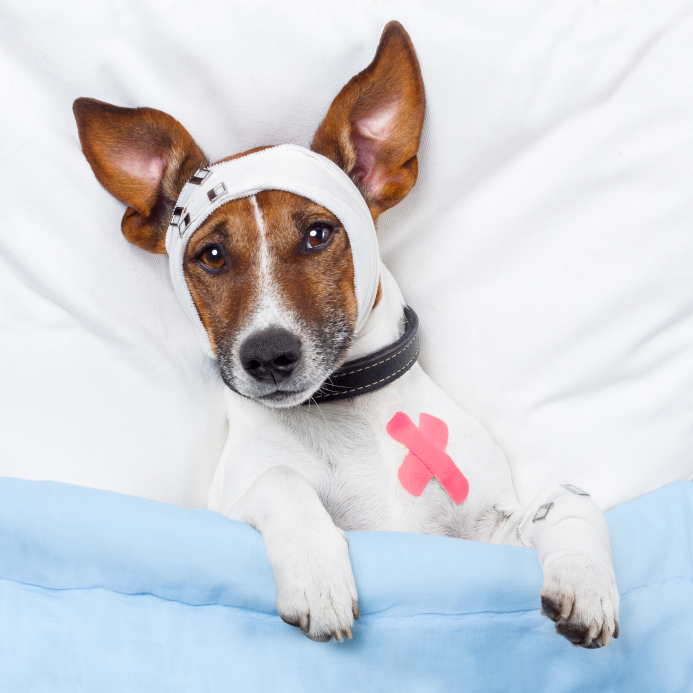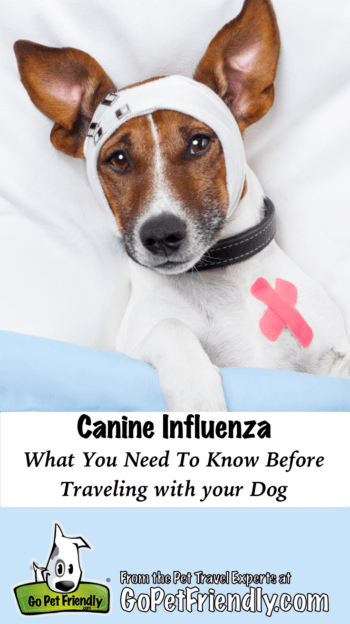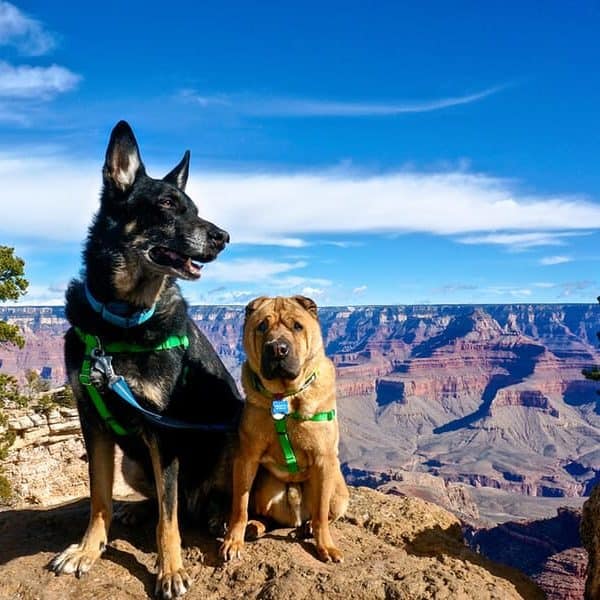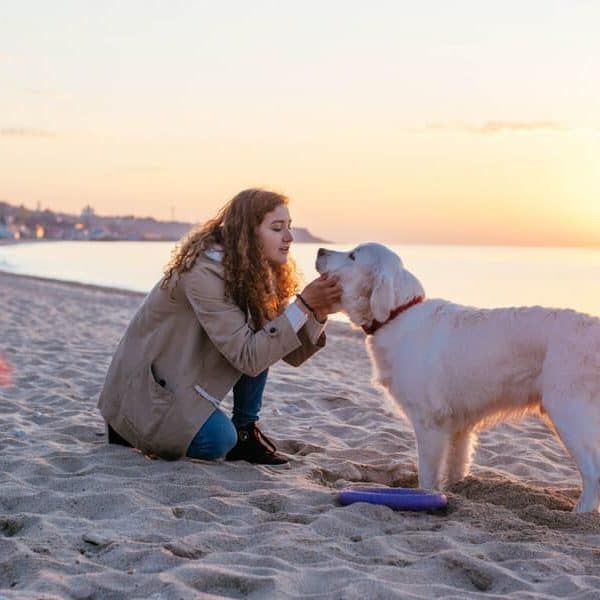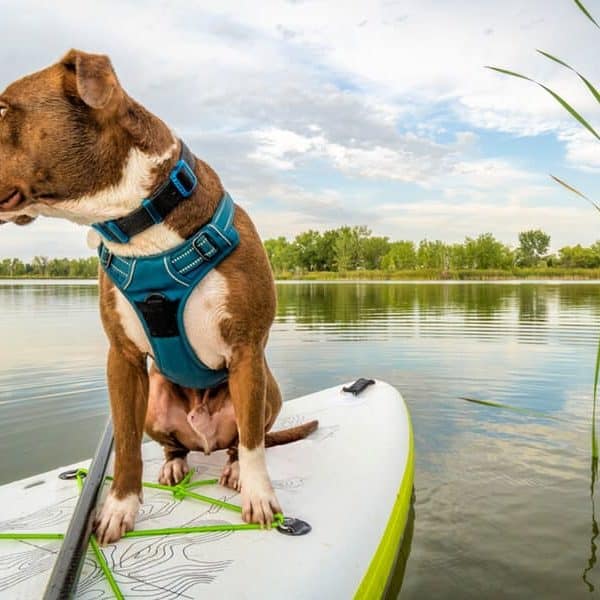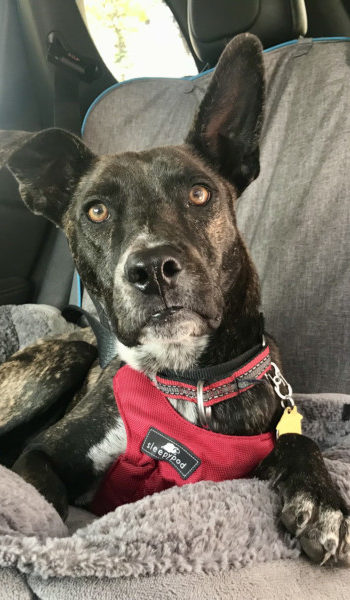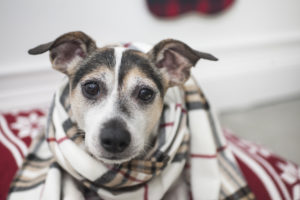Canine influenza, or dog flu, is a highly contagious, viral respiratory disease. Being aware of the symptoms and taking a few simple steps will help you protect your dog when you’re traveling together.
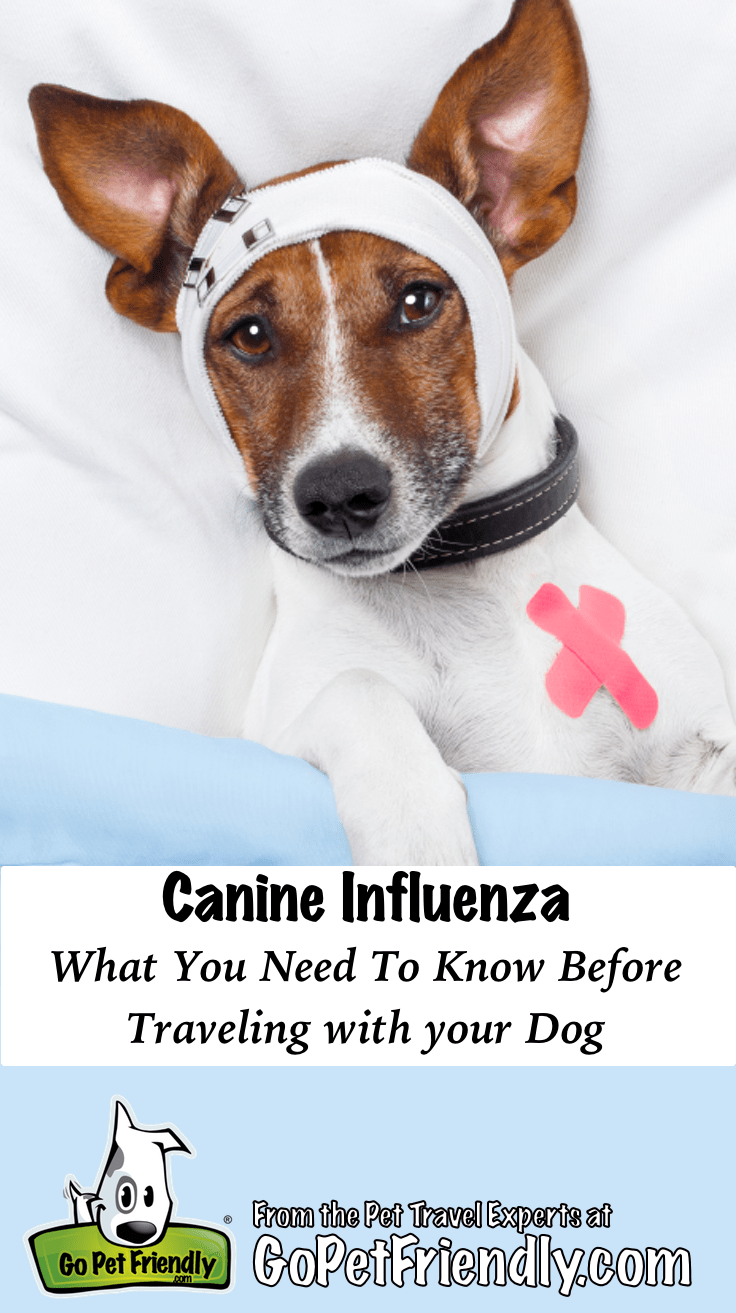
Unlike the human flu, canine influenza is not a seasonal illness. Dogs can become infected any time of the year. The first cases were detected in the United States in 2004, now Alaska, Hawaii, Nebraska, and North Dakota are the only states with no reported cases of dog flu.
So, how can you protect your pets when you travel together? First, you need to understand how dog flu is transmitted and where pets are most commonly infected.
How Canine Influenza Spreads
Like human flu, canine influenza spreads when dogs cough, sneeze, and bark. Licking, sniffing, and sharing objects like food and water bowls also allow the virus to pass from dog to dog. Even petting an infected dog and then touching your own dog before washing your hands can make your dog sick!
READ MORE ⇒ How to Tell If Your Dog Has a Fever
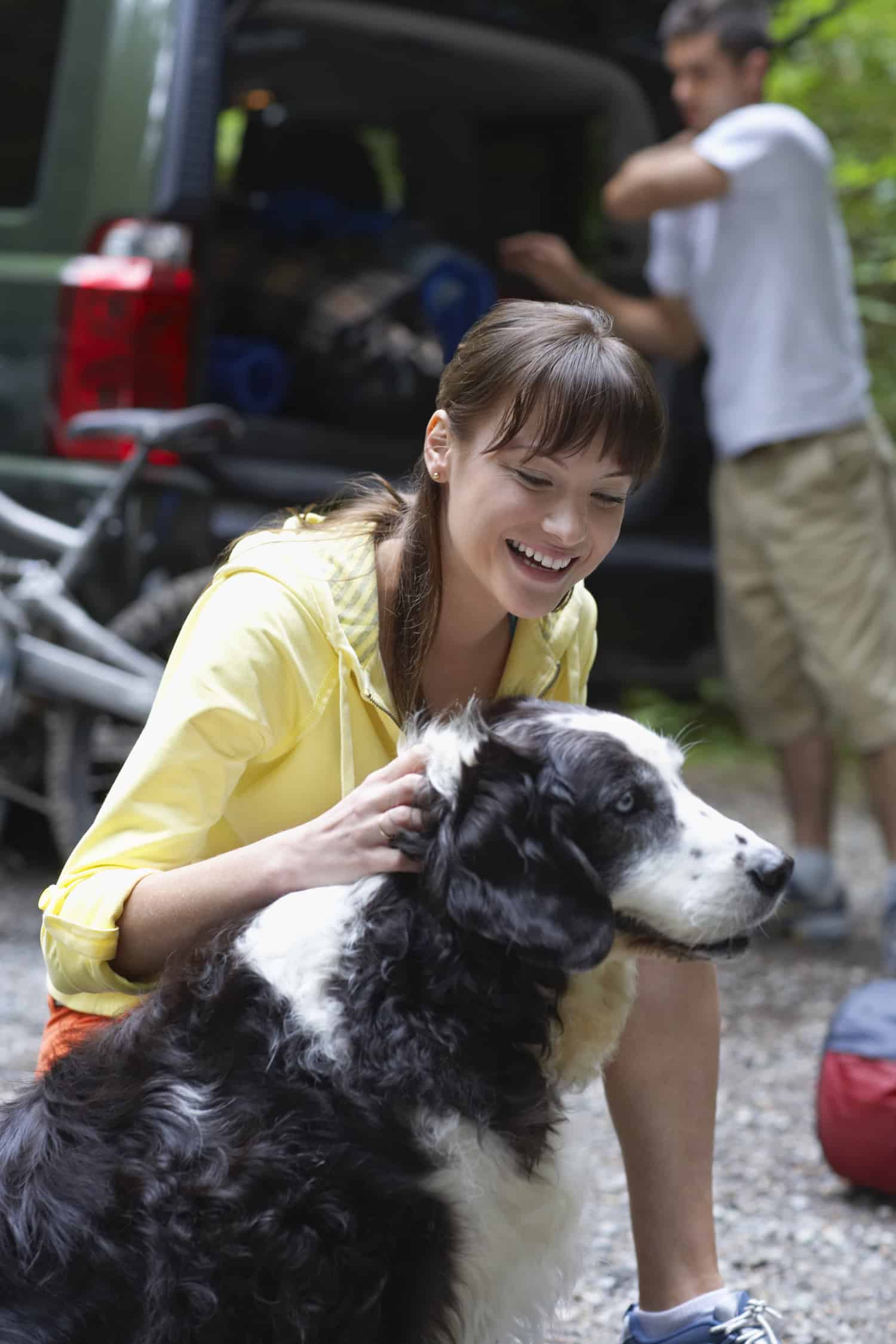
The virus is hardy and can survive on surfaces for up to 48 hours, on clothing for 24 hours, and on hands for 12 hours. What makes things difficult is that dogs are most contagious during the virus’ incubation period – before they start showing symptoms. And only 80% of infected dogs show symptoms at all, though they can still spread the virus.
Protect Your Pet By Avoiding Contact with Infected Dogs
The good news is, despite its frequent appearance the news, canine influenza is not widespread. Outbreaks usually involve a tiny percentage of the overall dog population in an area. And, with few simple adjustments to your travel plans, you can seriously reduce your dog’s chances of being infected.
Dogs are most likely to catch the flu in places where pets congregate. So you can protect your dog by avoiding dog parks, beaches, day care locations, kennels and boarding facilities, and groomers.
READ MORE ⇒ How To Check Your Dog’s Pulse, Respiration, and Temperature
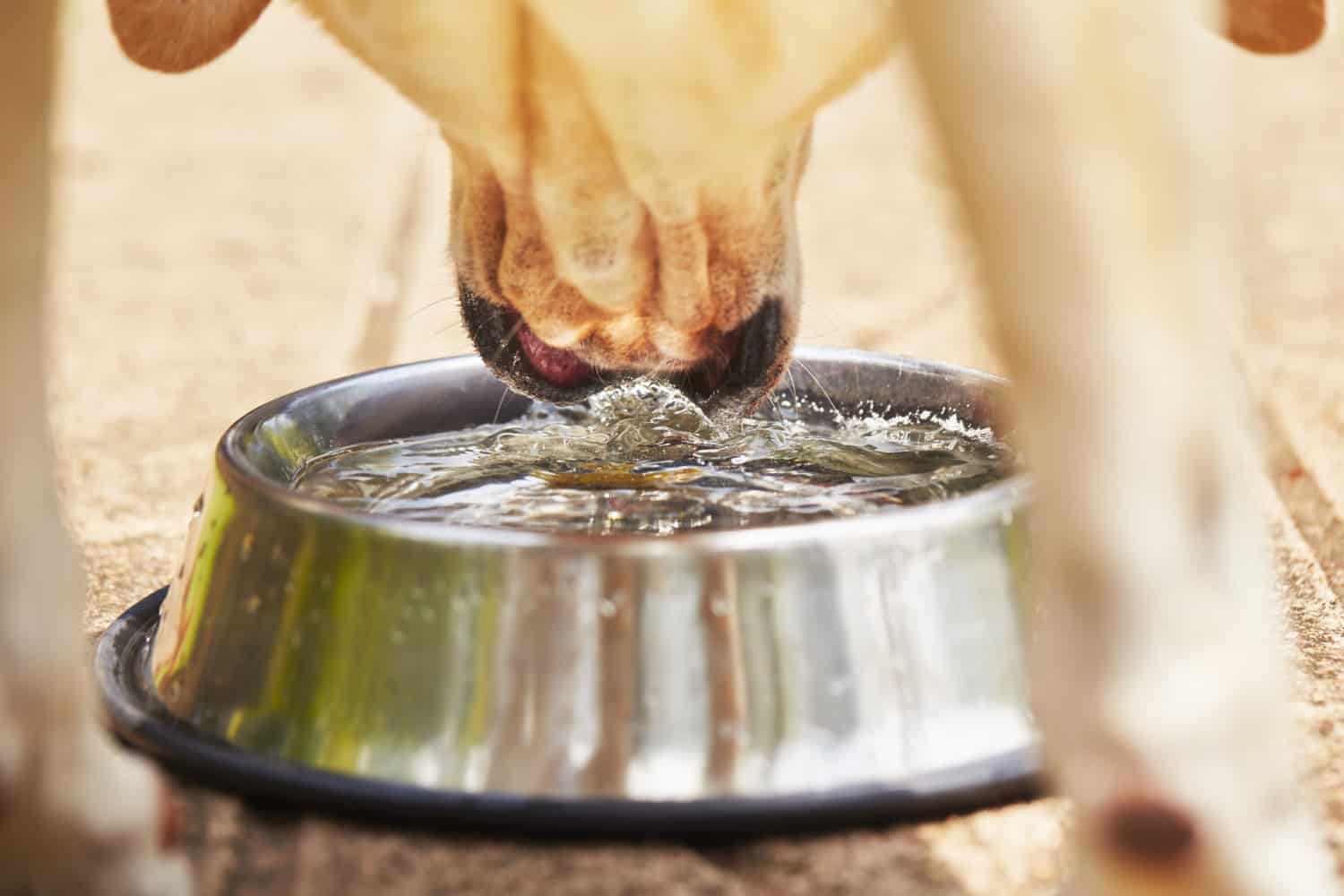
The virus can also be contracted from public water dishes if they’ve been used by a dog who has the virus. Carrying a clean, collapsible bowl and water bottle for your dog removes that possibility.
Finally, anyone who’s had contact with an infected dog and then pets your dog can pass the flu to him. So, if you’re in an area experience an outbreak of canine influenza, simply ask strangers not to pet your pup.
Watch For Signs
The symptoms of canine influenza are coughing, runny eyes, and respiratory issues. Dogs can also experience sneezing, be lethargic, or have a decreased appetite. And in some cases, you’ll see a discharge from your dog’s nose and/or eyes, and she might be running a fever.
While most dogs make a complete recovery with basic supportive care, a small number have developed pneumonia. Pneumonia can be deadly, so call your veterinarian right away if your dog shows any symptoms.
If your dog is showing symptoms of dog flu, contact your veterinarian right away. If an office visit is required, they might ask that your dog remain in the car rather than the waiting area to avoid exposing other dogs.
READ MORE ⇒ What You Should Know About Emergency Vets (Before You Need One)
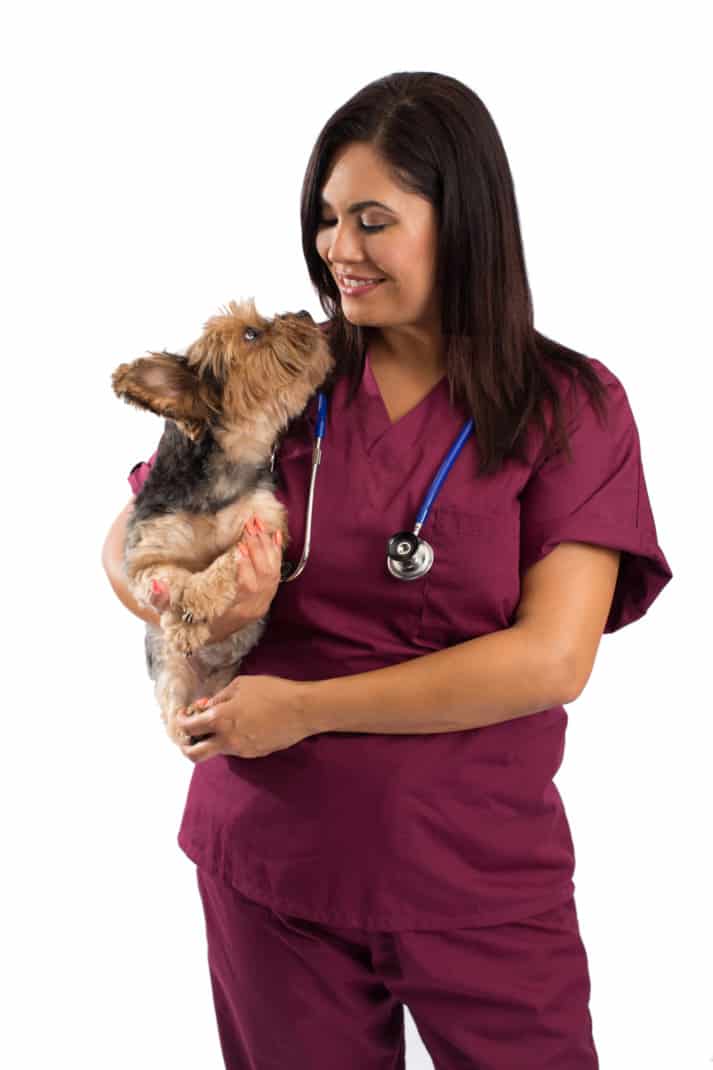
Before You Hit The Road
Before your next road trip, talk to your veterinarian about the prevalence of canine influenza where you’ll be traveling. Discuss any plans to use a boarding or day care facility for your pet and whether you’ll be visiting dog parks and beaches. Also consider any additional health issues that could affect your dog’s natural immune response to the virus.
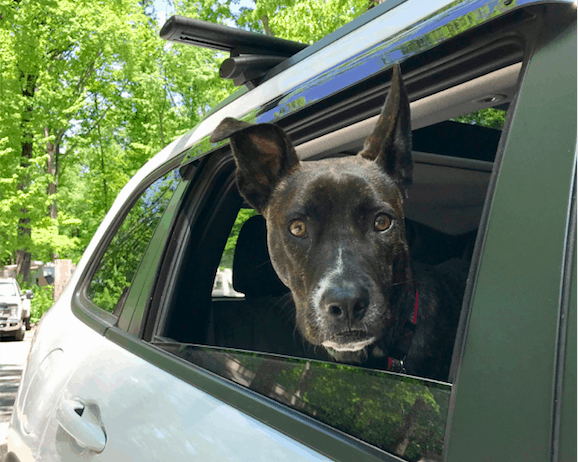
There is a vaccine for dog flu that may reduce the severity and duration of the illness. But you’ll have to plan ahead! It requires two shots administered two to four weeks apart, followed by annual boosters. And vaccinations come with their own risks and side effects, so be sure to weigh all the pros and cons.
Some boarding and daycare facilities are now requiring canine influenza vaccinations. Others do not accept dogs from outside their local area, or require that they haven’t been exposed to other dogs for two weeks prior to their visit. If you’re planning to use a daycare or boarding facility, be sure to make you plans well in advance and find out their policies regarding traveling dogs.
Additional Dog Flu Resources
Additional information about canine influenza is available here:
- American Veterinary Medical Association (AVMA)
- Centers for Disease Control and Prevention (CDC)
- PetMD
- Dog Flu Outbreak Map
Disclosure: I am not a veterinarian. Canine influenza is a condition I’m learning about to protect my dog as we travel. I hope you can benefit from this information as well. If you suspect your pet has canine influenza, please seek veterinary care immediately.
